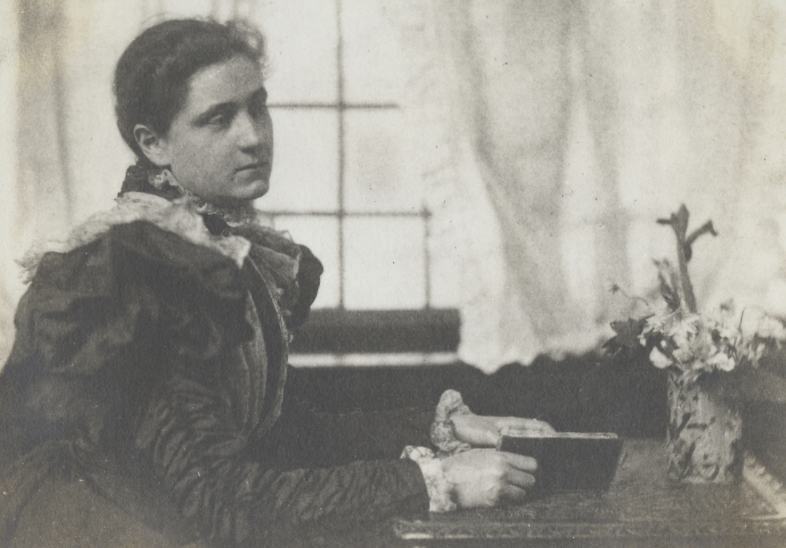Who was Alice Hamilton?
/The second of four sisters, Alice Hamilton (1869-1970) was raised in a privileged family in Fort Wayne, Indiana. The girls were educated at home by both parents in ancient and modern languages, literature, history, and religion. Alice then attended Miss Porter’s School in Connecticut.
Alice Hamilton (Jane Addams Memorial Collections)
The sisters were extraordinarily close throughout their lives, even buying homes near each other in rural Connecticut in old age. Hamilton’s youngest sister, Norah, illustrated Alice’s autobiography as well as several of Jane Addams’ publications. As a resident, Norah Hamilton also taught art to children at Hull-House.
Alice Hamilton received a degree in medicine from the University of Michigan in 1893 and combined laboratory research and field-work to affect social change. Hamilton was a pioneer in industrial toxicology, the first female faculty member at Harvard University, and the founder of the field of occupational health.
In 1897, Alice Hamilton moved to Chicago to accept a position as professor of pathology at Women’s Medical School at Northwestern University. She moved into Hull-House, where she was one of Jane Addams’ closest colleagues. It was at Hull-House that Hamilton learned, first-hand, about illnesses resulting from chemicals in the workplace and the physical consequences of poverty. Her friendship with Hull-House potter Myrtle Merrit French led to her discovery of the toxicity of the lead used in all pottery glazes, which in turn led to the development of lead-free glazes.
Hired by the Illinois Department of Labor in 1910 to lead a team studying industrial poisoning, Hamilton's work laid the foundation for the field of occupational safety and health. Her scientific research took her around the country, though she returned regularly to Hull-House where she worked for nearly four decades. Alice Hamilton became the first female faculty member at the Harvard University Medical School in 1919, where she stayed until 1935. She arranged a half-time appointment so she could spend springs at Hull-House.
Hamilton was adamant that a good physician needed to be politically engaged in a range of public health issues, including labor rights, housing, sex education, and nutrition. Her research and activism led to much-needed federal legislation to raise the age requirement for factory work and protect those working long hours in harsh conditions.
Feeling the strain of being a woman among mostly men in her field and at Harvard, Hamilton stayed active among women’s reform groups, like the League of Women Voters, the Women’s Trade Union League, and the Women’s International League for Peace and Freedom. Hamilton remained politically engaged her whole life, protesting Nazism, advocating for birth control, fighting for workers’ compensation, opposing the Equal Rights Amendment and United States engagement in the Vietnam War. She died at the age of 101.
Hear Hull-House Educator Nadia Maragha talk more about Alice Hamilton on NPR’s podcast “Curious City“ in an episode titled “Alice Hamilton Changed Workplace Safety Forever — And You’ve Likely Never Heard Of Her”


